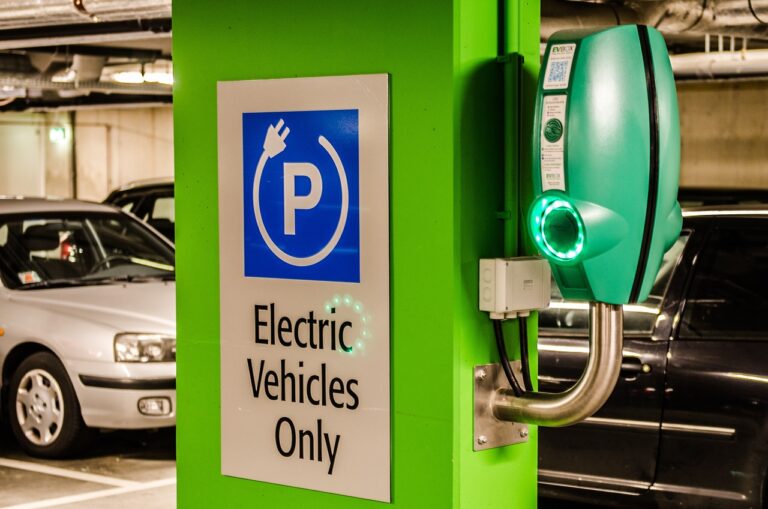The Future of 5G-Connected Smart Roads and Traffic Management
5G technology is poised to revolutionize the way we navigate through traffic. With its ultra-fast speeds and minimal latency, 5G networks can enable real-time communication between vehicles, infrastructure, and traffic management systems. This means that traffic lights, road signs, and other traffic control mechanisms can communicate seamlessly with each other and with vehicles on the road, leading to smoother traffic flow and reduced congestion.
Moreover, the introduction of 5G technology can pave the way for advancements in autonomous vehicles. These vehicles can make split-second decisions based on real-time data transmitted through 5G networks, leading to safer and more efficient driving experiences. With the potential for vehicles to “talk” to each other and to the surrounding infrastructure, we may see a significant reduction in accidents and traffic delays, ultimately improving overall traffic flow and enhancing road safety.
Benefits of Implementing Smart Roads and Traffic Management Systems
Smart roads and traffic management systems offer a range of benefits for modern urban environments. The integration of smart technologies in road infrastructure allows for real-time monitoring and data collection, leading to improved traffic flow and reduced congestion. By utilizing sensors and cameras along roadways, authorities can efficiently manage traffic signals and adjust timings based on current conditions, resulting in smoother traffic operations and decreased travel times for commuters.
Furthermore, the implementation of smart roads enables better coordination between different modes of transportation, such as buses, trains, and bicycles. With the use of advanced communication systems, traffic management centers can gather information from various sources and optimize the overall transportation network. This integration not only enhances the overall efficiency of the system but also promotes sustainable transportation options, ultimately contributing to a more environmentally friendly and accessible urban environment.
Real-time monitoring and data collection
Improved traffic flow and reduced congestion
Efficient management of traffic signals
Smoother traffic operations and decreased travel times for commuters
Better coordination between different modes of transportation
Optimization of the overall transportation network
Promotion of sustainable transportation options
Contribution to a more environmentally friendly and accessible urban environment
Challenges and Limitations of 5G-Connected Smart Roads
One of the key challenges facing 5G-connected smart roads is the initial infrastructure investment required. Building and installing the necessary technology to support smart roads can be costly, and many municipalities may struggle to secure the funds needed to implement these systems on a large scale. Additionally, ensuring seamless connectivity and coverage across vast networks of smart roads can be a logistical challenge, especially in rural areas or regions with limited existing infrastructure.
Furthermore, interoperability between different systems and technologies also poses a significant limitation for 5G-connected smart roads. As various vendors and manufacturers develop their own solutions for smart road management and traffic control, ensuring that these systems can communicate effectively with each other is crucial for the overall success of a smart road network. Without standardized protocols and interfaces, the integration of different technologies may be complex and hinder the efficiency of smart road operations.
How does 5G technology impact traffic flow on smart roads?
5G technology enables real-time communication between vehicles, infrastructure, and traffic management systems, allowing for more efficient traffic flow and reduced congestion on smart roads.
What are some benefits of implementing smart roads and traffic management systems?
Some benefits include improved traffic flow, reduced accidents, lower emissions, enhanced connectivity for autonomous vehicles, and better overall transportation efficiency.
What are some challenges and limitations of 5G-connected smart roads?
Challenges include high implementation costs, potential security risks, interoperability issues between different systems, and the need for extensive infrastructure upgrades to support 5G technology.







